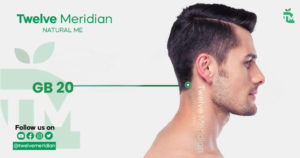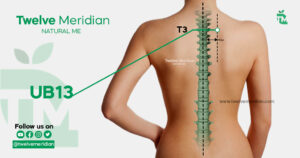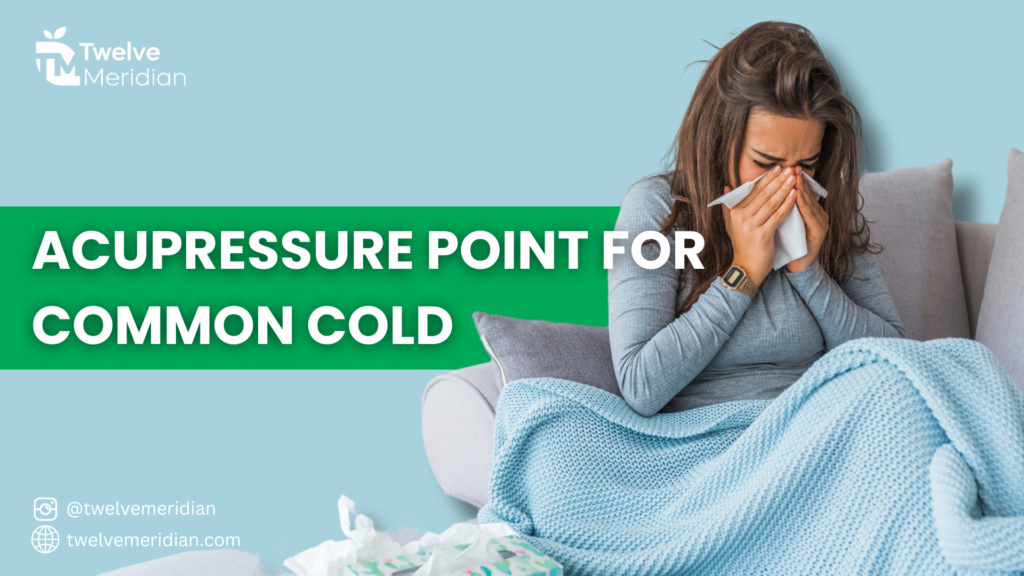When it comes to treating the common cold, the “acupressure point for common cold” approach offers a unique and natural method of relief. Common cold, a frequent and often annoying ailment, affects people globally, leading to discomfort and disruption in daily activities. This blog delves into how acupressure, a traditional practice rooted in ancient healing arts, can be effectively used to alleviate symptoms of the common cold, offering a complementary method to conventional treatments.
Table of Contents
ToggleBasics of Acupressure
Acupressure, often considered a cousin of acupuncture, involves the application of pressure to specific points on the body, known as acupressure points. Unlike acupuncture, it does not involve needles but uses hands, elbows, or tools to stimulate these points. This practice is grounded in the concept of Qi (life energy) and aims to balance the body’s energy flow, promoting health and wellness.
Role of Acupressure Point for Common Cold Treatment
Integrating the “acupressure point for common cold” approach can be a game-changer in managing cold symptoms. It’s believed that stimulating certain points helps in boosting the immune system, clearing nasal passages, and relieving headaches and body aches associated with the cold. This natural remedy serves as an excellent adjunct to other treatment methods, potentially enhancing recovery and comfort during a cold.
Key Acupressure Point for Common Cold
The practice of acupressure offers a hands-on approach to health, and when it comes to combating the common cold symptoms, certain points are particularly effective. Here, we explore the “acupressure point for common cold” technique by focusing on four specific points: LI4, GV14, GB20, and UB13.
LI4 (He Gu)


- Location: LI4 is found on the hand, in the fleshy area between the thumb and index finger.
- Benefits: Stimulating this point can help relieve nasal congestion and headaches, two common symptoms of the cold. It is also known for its ability to boost the immune system.
- Method: Apply firm, steady pressure with the thumb of your opposite hand for 1-2 minutes. Repeat several times a day as needed.
LU7 (Lie Que)


- Location: LU7 is located on the wrist, above the thumb, in a small depression near the base of the styloid process.
- Benefits: This point is key in treating respiratory issues. Activating LU7 can help alleviate cough, clear nasal passages, and soothe a sore throat.
- Method: Place your finger on this point and apply gentle but firm pressure for a few minutes. It is often more effective when combined with deep, calming breaths.
GB20 (Feng Chi)


- Location: GB20 is found at the base of the skull, in the hollows on both sides of the neck.
- Benefits: Activating GB20 can alleviate headache and neck stiffness, common in cold sufferers. It also helps in clearing the mind and reducing fatigue.
- Method: Tilt your head forward slightly and use both hands to apply pressure, massaging in circular motions for 2-3 minutes.
UB13 (Fei Shu)

- Location: UB13 is located on the back, near the spine, directly opposite the lungs.
- Benefits: Known as the lung point, stimulating UB13 can help with respiratory issues, promoting clearer breathing and helping to expel mucus.
- Method: Best reached with the help of another person, apply gentle but firm pressure in a circular motion for 2-3 minutes.
Additional Home Remedies and Lifestyle Tips
While the “acupressure point for common cold” technique is a valuable tool in your arsenal against colds, combining it with other home remedies and lifestyle adjustments can further enhance recovery. Here are some effective strategies:
Hydration and Rest
- Hydration: Drinking plenty of fluids helps thin mucus, making it easier to expel. Warm liquids, like herbal teas or broth, can be particularly soothing.
- Rest: Adequate rest is crucial. It allows your body to direct energy towards fighting off the virus, speeding up recovery.
Nutritious Diet
- Vitamins and Minerals: Consuming foods rich in vitamins C and E, zinc, and other immune-boosting nutrients can aid in recovery and strengthen your immune system.
- Balanced Meals: Focus on a balanced diet that includes a variety of fruits, vegetables, lean proteins, and whole grains.
Humidity and Warmth
- Humidifiers: Using a humidifier can add moisture to the air, easing congestion and throat discomfort.
- Warm Baths: A warm bath can not only be relaxing but also help relieve nasal congestion.
Regular Exercise
- Moderate Exercise: Engaging in light to moderate exercise, as long as it’s not exhaustive, can boost your immune system and aid in overall health.
Managing Stress
- Relaxation Techniques: Practices like meditation, yoga, and deep breathing can help manage stress, which is important for maintaining a strong immune system.
Myths vs. Facts About the Common Cold
In discussing the “acupressure point for common cold” and other treatments, it’s crucial to separate fact from fiction. Here, we debunk some common myths about the common cold:
Myth 1: Cold Weather Causes the Common Cold
- Fact: The common cold is caused by viruses, not cold weather. However, people tend to stay indoors more during cold weather, increasing the likelihood of virus transmission.
Myth 2: Antibiotics Can Cure the Common Cold
- Fact: Antibiotics treat bacterial infections, not viral infections like the common cold.
Myth 3: You Can’t Treat a Cold
- Fact: While there’s no cure for the common cold, treatments like acupressure, over-the-counter medications, and home remedies can significantly alleviate symptoms and improve recovery time.
Embracing a Holistic Approach to Cold Management
In conclusion, the journey through managing the common cold can be made more comfortable with the integration of the “acupressure point for common cold” technique. This natural, non-invasive method provides a complementary approach to conventional treatments, aiming to alleviate symptoms and accelerate recovery. By applying pressure to specific points like LI4, GV14, GB20, and UB13, individuals can harness the body’s own healing capabilities to combat the discomfort associated with the common cold.
The Power of Combined Efforts
It’s important to remember, however, that acupressure is most effective when used in conjunction with other remedies and lifestyle practices. Staying hydrated, getting ample rest, maintaining a nutritious diet, and managing stress are all critical components of a comprehensive approach to cold management. These practices not only aid in quicker recovery from the common cold but also strengthen the body’s natural defence, reducing susceptibility to future infections.
Educating and Empowering for Healthier Living
Educating ourselves about the realities of the common cold, including debunking prevalent myths, empowers us to make informed decisions about our health. Understanding that cold weather doesn’t cause colds, that antibiotics aren’t a cure, and that there are indeed ways to mitigate symptoms, can change our approach to this common ailment.
Looking Forward
As we navigate through cold seasons and crowded environments, remembering these tips and techniques can be our first line of defence. The “acupressure point for common cold” approach, coupled with a balanced lifestyle, holds the key to not just surviving the cold season, but thriving through it.
With these strategies in hand, we can face the common cold not as an inevitable discomfort, but as a manageable part of life, keeping our health and well-being at the forefront.



